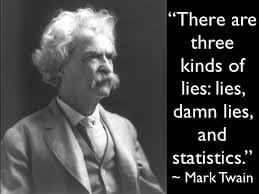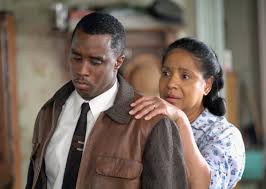“The best way to get people to venture into unknown terrain is to make it desirable by taking them there in their imaginations.” -Noel Tichy, co-author, The Leadership Engine
You get people moving by telling them stories.
Storytelling can be a form of leadership. So sit back and think:
- Where are you trying to get your organization to go?
- What’s the story that shows what the world will look like when you succeed?
- What’s your travel story about how you will get there?
Ready? Start! “Once upon a time…”
For more about telling the story of where you are going, read http://www.trippbraden.com/2015/03/31/lead-by-telling-the-story/





